How to let go of the stories you keep telling yourself?
I am an avid journaller. I love to write and reflect on my thoughts and feelings and have kept a journal since I was 11 years old.
At times I like to read back and reflect on what I write to see how I have grown or changed. Earlier this year, however, I started noticing a pattern in what I was writing.
In fact, it seemed that I had been writing and reflecting on the same event in the same way for over a year. It didn’t matter that the entry was 10 months old, it was like I had written it today.
Upon realizing this, alarm bells started going off. I had been stuck in the same pattern and thoughts for over a year! This was enough for me to realize that I needed to make some changes.
I am sure I am not the only one that this has happened to. Even if you are not an avid journal writer, there are probably thoughts that swim around your mind for years without being assessed or reviewed.
It happens.
We hold on to certain thoughts and feelings and play them over and over again in our mind.
We become so stuck on this one particular story and all the same thoughts and feelings that go along with it, that we get stuck in a repetitive cycle.
Related: 10 Things That Happen When You Finally Pull Yourself Together
This repetitive cycle becomes so ingrained in our psyche that it can become very hard to shake. It really seems that until we get so sick of ourselves repeating the same story and complaining about the same thing, that we stop to consider that change is in order.
Perhaps take a moment to identify a repetitive story that you keep telling yourself.
How often has this story changed, or has it just remained stuck with the same ideas, thoughts, and feelings.
When a story or event in your life becomes stuck, it can be very difficult to clear it. This is because the event most likely is stuck due to the thoughts and feelings around it.
Related: 5 Steps To Disarm A Narcissist and Protect Yourself From Their Wrath
In order to release and let go of a repetitive cycle or story, in order to truly clear out stuck stories that we keep telling ourselves, we have to approach them differently. We have to identify repetitive thoughts and then change them.
Let’s be honest, it is a process but here is how to start letting go of the stories you keep telling Yourself:
Step #1:
Write or repeat your story out loud. You know it well enough by now so get clear with it, state it and affirm it. Speak your story or write your story so it is all out on paper.
Step #2:
Take a moment to honor and respect your story. If there is any pain, feel it. If there is hurt, allow yourself to wallow in it for a minute. Give yourself just 1-2 minutes to say goodbye because you are about to get rid of attachment to this story for good- hooray!
Related: The 3 Best Places To Finally Find Yourself (No Suitcases, No Travel)
Step #3:
Take 3-5 deep, long, and calming breaths. Still, your mind and then place your hand over your heart. Feel your body for a moment, feel your heart, and tune in within.
Watch out this video to move on and let go of the past in the past:
Step #4:
Once you feel centered, tell yourself gently –
“I no longer need this story. It is time to write a new one. It is time to release any attachments to this story for I no longer need it to define me and my journey. Whenever I feel this story come up, whenever I feel the old thoughts bubbling to the surface, I am going to gently remind myself, “no” and then shift my attention onto something else. I will not ignore any thoughts that need to be released, but I will not allow myself to continue falling into the same trap again and again. I will write a new story, a better story.”
Related: 11 Promises You Should Make to Yourself and Keep
Step #5:
Once you have stated your affirmation and truly felt it, consider writing a new story. This new story should be set in the present and you should be the star of the story. Keep the story focused on you.
This 5-step process is just a guide, but in order to release you need to first accept, be open to change and then redirect your energy elsewhere.
It takes time to work, but after following this exercise, you should notice profound changes in just a few weeks. You will no longer be the teller of your same story and you will be free from the grips of your past.
Are you ready to let go of the stories you keep telling yourself?
Originally appeared on Forever Conscious
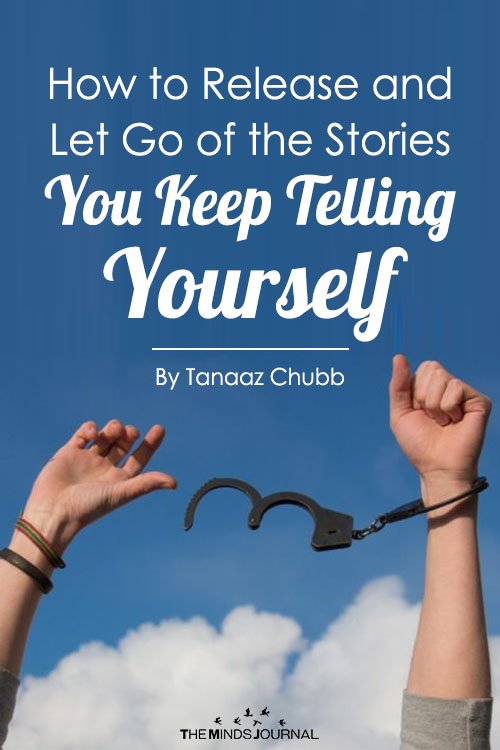
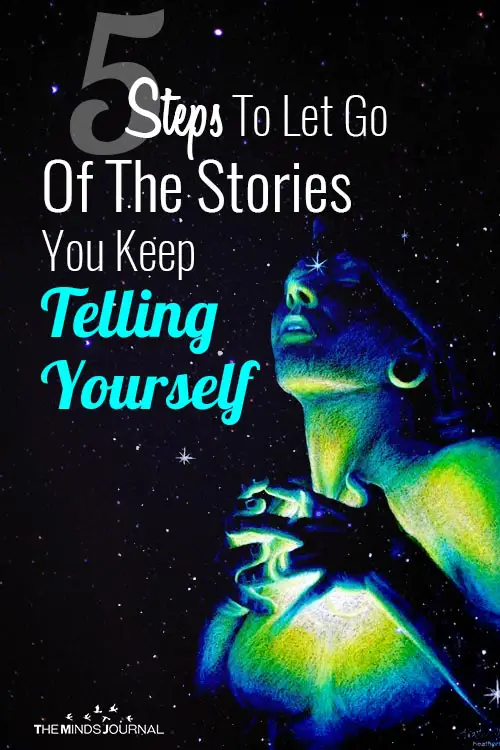
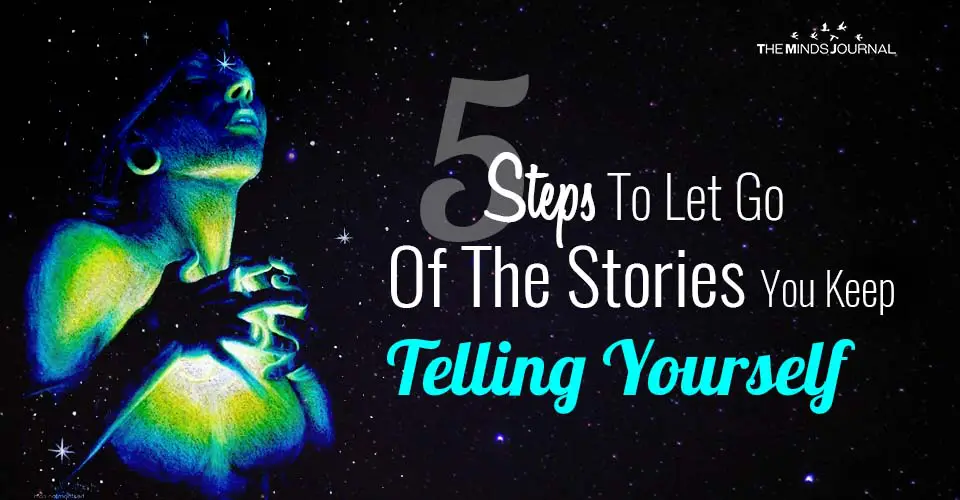

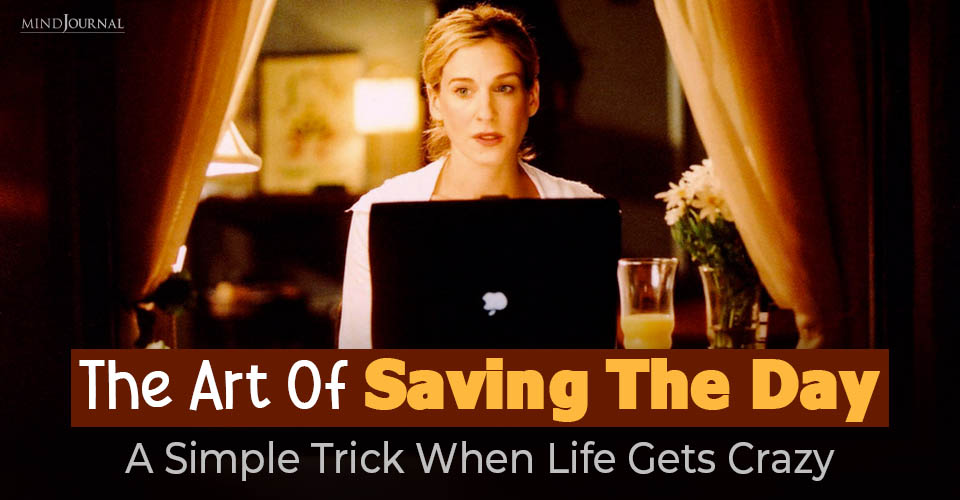
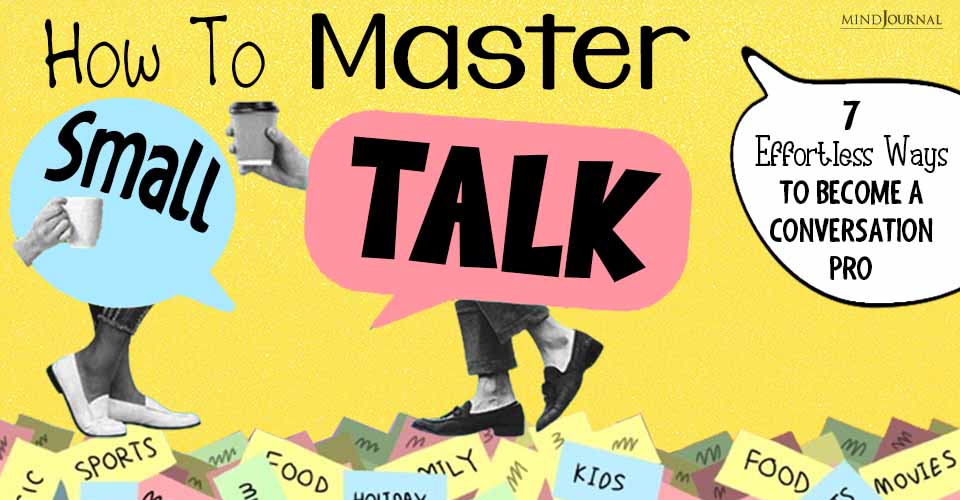
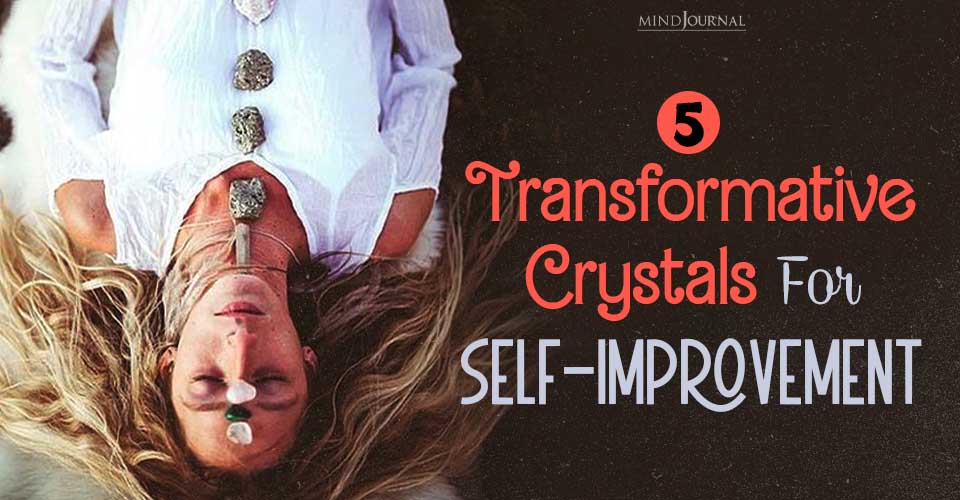
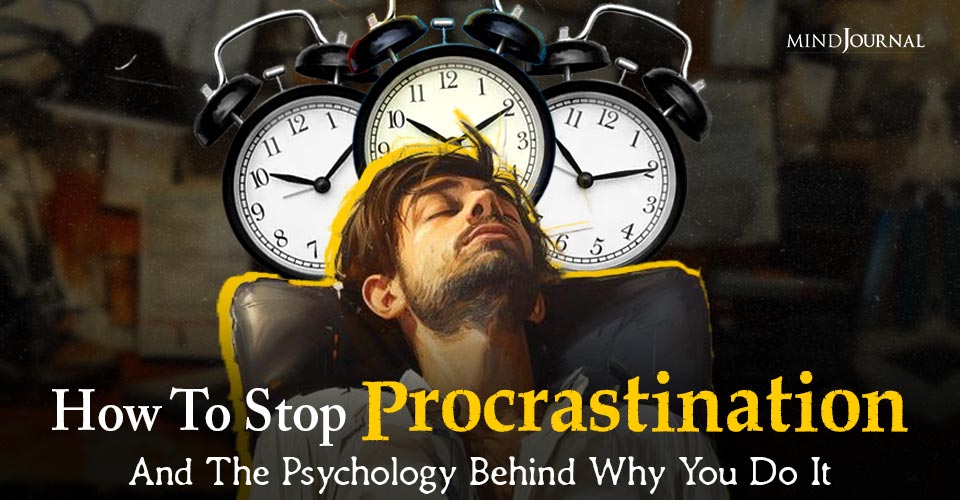


Leave a Reply
You must be logged in to post a comment.